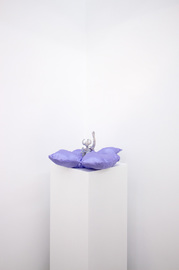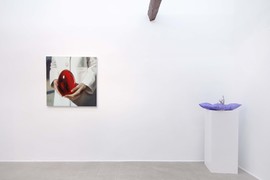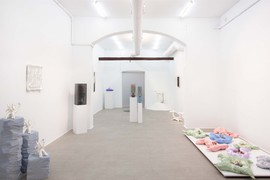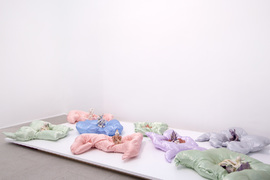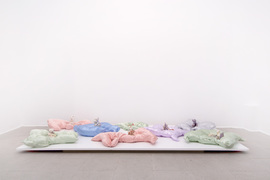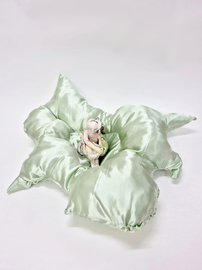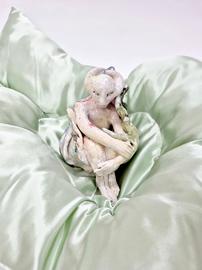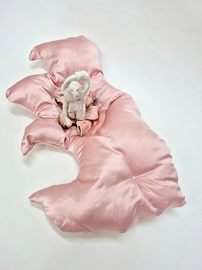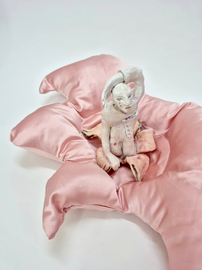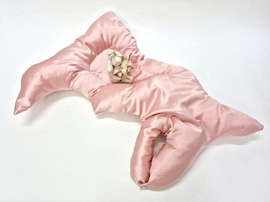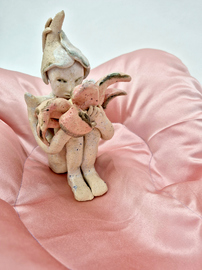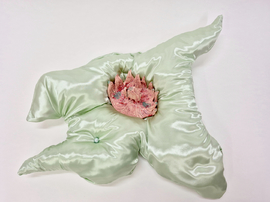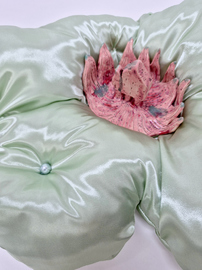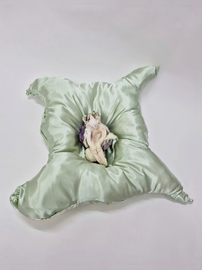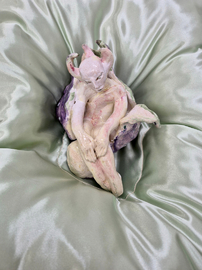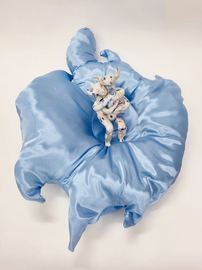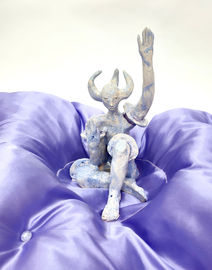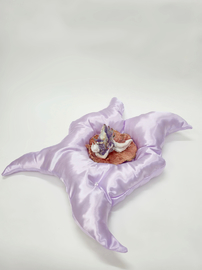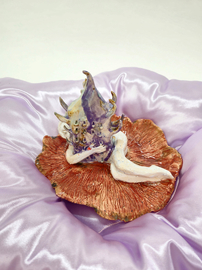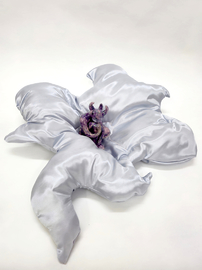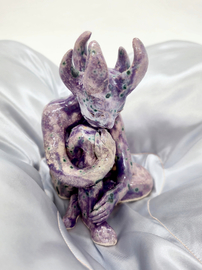The Bell Jar, 2025, MXM Galeria, Madrid, group show, curated by Victoria Rivers
Text by Victoria Rivers
Sylvia Plath wrote "The Bell Jar" during a particularly difficult period in her life, marked by a struggle with societal expectations about women's roles, depression, a marital crisis, the lack of financial resources, and motherhood. The novel was born as a way to process these experiences, becoming a triumph of creation over the pre-established. It reflects both her personal battle with mental illness and her professional challenges in a society that failed to understand her pain.
Today, beyond its literary value, "The Bell Jar" stands as a feminist bastion, a story in which the social and the human transcend established boundaries. This curatorship is inspired by that same impulse: how adversity transforms creation and leads us to inhabit both space and society in new ways.
The project explores the intersection between artistic creation and the act of inhabiting social roles, showing how artists, in the face of challenges, not only create but also redefine the environments they occupy. Art becomes a vehicle for resistance, adaptation, and reinvention, transgressing limits, conquering new territories, and leaving a mark on the social fabric. In this process, adversity transforms into a force that reshapes our way of perceiving and inhabiting the world.
The force of change emerges through the collective, and it is in shared creation that we find the ability to transform it.
Here, we discover some of the voices that drive this change, a space where the alchemy of creation stems from multiple states, experiences, and yearnings. It is at this intersection of dimensions where the psyche, the fragility of life, magical dystopias, and material realities intertwine, shaping a new paradigm of creation.
